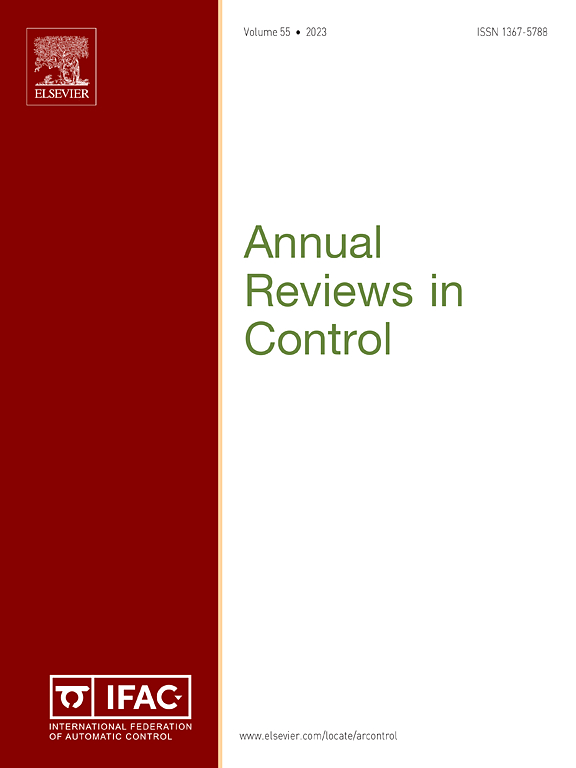Digital twins in manufacturing: A unified conceptual framework
IF 10.7
2区 计算机科学
Q1 AUTOMATION & CONTROL SYSTEMS
引用次数: 0
Abstract
Digital Twins (DTs) have the potential to transform how manufacturers conceive, design, manage, and optimize products, manufacturing systems, and services. However, their rapid evolution has led to a fragmented landscape in terms of conceptualization, applications, maturity levels, and enabling technological capabilities, creating a misalignment between academic research and industrial implementation. This paper addresses these challenges by proposing a unified conceptual framework for DTs in manufacturing, which integrates DT applications and maturity levels across product, production, and service domains and derives a theory-driven DT definition. To this end, two complementary frameworks are developed: the Digital Twin Application-based Framework and the Digital Twin Technological Capabilities Framework, which together classify DT applications, maturity levels, and technological capabilities within the three manufacturing domains. To establish conceptual clarity and account for the evolving, adaptive, and granular nature of DTs, the framework introduces a definition grounded in Complex Adaptive Systems (CAS) Theory, framing DTs as dynamic, interconnected systems that evolve in complexity and functionality based on domain-specific needs. Overall, this research contributes to promote an alignment between academia and industry by providing a structured analysis and comprehensive conceptualization of DTs in manufacturing.
制造业中的数字孪生:一个统一的概念框架
数字孪生(DTs)有可能改变制造商构思、设计、管理和优化产品、制造系统和服务的方式。然而,它们的快速发展导致了概念化、应用程序、成熟度级别和启用技术能力方面的碎片化景观,在学术研究和工业实现之间造成了不一致。本文通过为制造业中的DT提出一个统一的概念框架来解决这些挑战,该框架集成了跨产品、生产和服务领域的DT应用和成熟度级别,并派生了一个理论驱动的DT定义。为此,开发了两个互补的框架:基于数字孪生应用的框架和数字孪生技术能力框架,它们共同对三个制造领域内的数字孪生应用、成熟度水平和技术能力进行分类。为了建立清晰的概念,并解释开发工具的演化、适应性和粒度特性,该框架引入了一个基于复杂自适应系统(CAS)理论的定义,将开发工具定义为动态的、相互关联的系统,这些系统根据特定领域的需求在复杂性和功能上进化。总体而言,本研究通过提供制造业中直接设计的结构化分析和全面概念化,有助于促进学术界和工业界之间的协调。
本文章由计算机程序翻译,如有差异,请以英文原文为准。
求助全文
约1分钟内获得全文
求助全文
来源期刊

Annual Reviews in Control
工程技术-自动化与控制系统
CiteScore
19.00
自引率
2.10%
发文量
53
审稿时长
36 days
期刊介绍:
The field of Control is changing very fast now with technology-driven “societal grand challenges” and with the deployment of new digital technologies. The aim of Annual Reviews in Control is to provide comprehensive and visionary views of the field of Control, by publishing the following types of review articles:
Survey Article: Review papers on main methodologies or technical advances adding considerable technical value to the state of the art. Note that papers which purely rely on mechanistic searches and lack comprehensive analysis providing a clear contribution to the field will be rejected.
Vision Article: Cutting-edge and emerging topics with visionary perspective on the future of the field or how it will bridge multiple disciplines, and
Tutorial research Article: Fundamental guides for future studies.
 求助内容:
求助内容: 应助结果提醒方式:
应助结果提醒方式:


